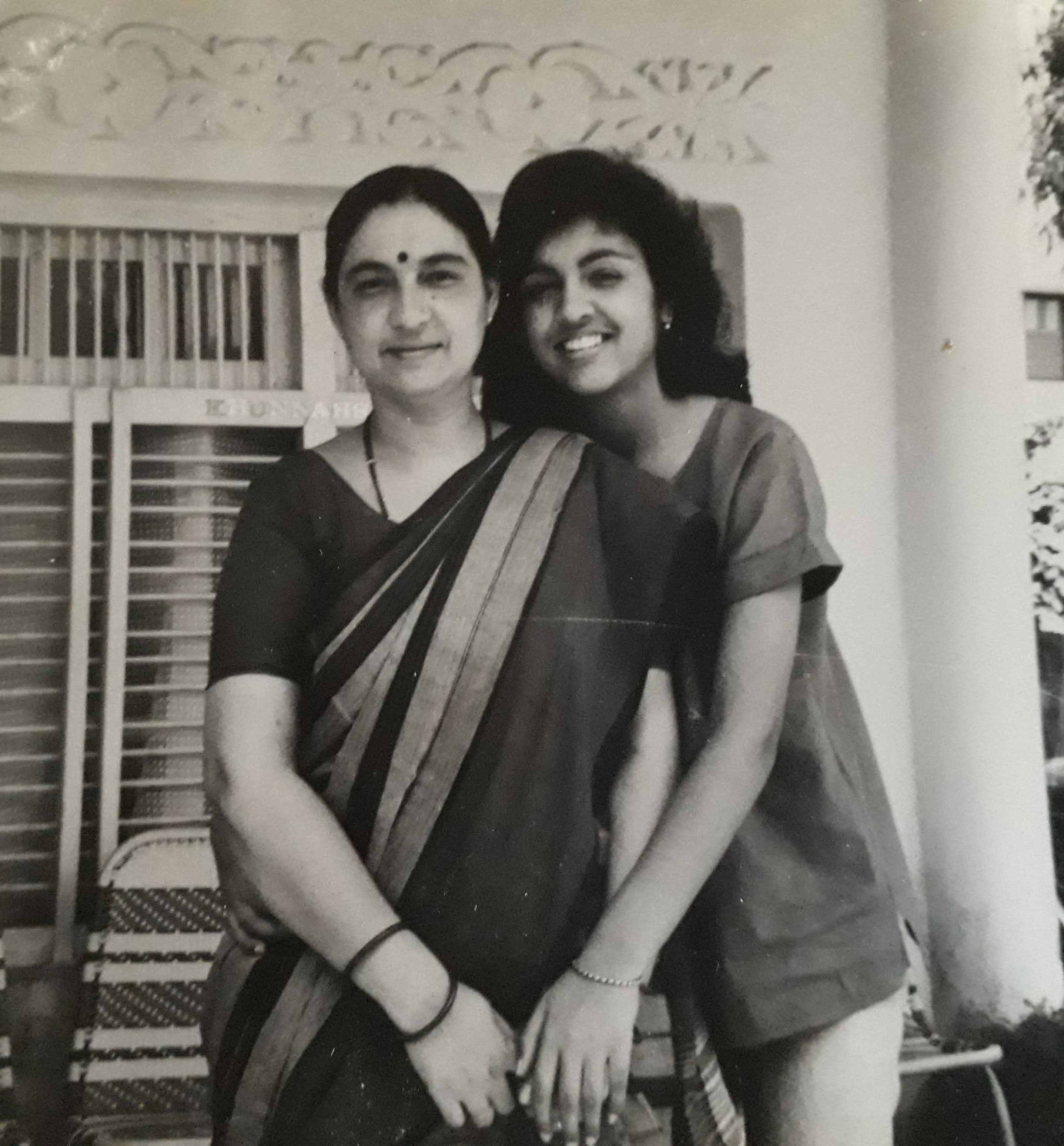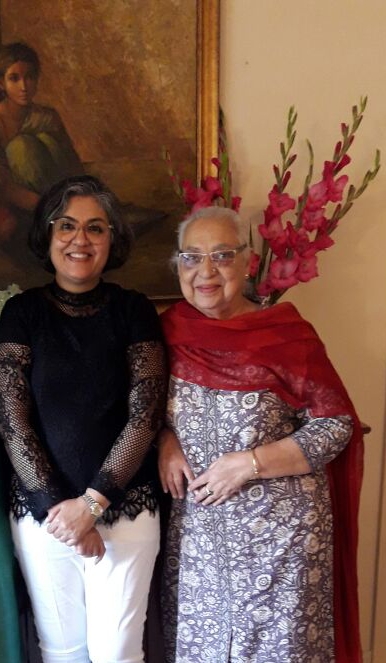During a religious fast in India, grains are not eaten and as both Kuttu and Singhara flour come from the fruit family, rotis made with them are commonly eaten.
Kuttu and Singhara flour do not contain gluten and are low on the glycaemic index. Thus, they help in releasing slow energy when eaten during religious fasts. Both flours have high nutritional value and so are perfect for breaking fasts.



Ever since my childhood, I’ve looked forward to the festival of Navratri. As a child I was not aware of the significance of the festival. It was the delicious food prepared by my mother during the festival that was the main appeal. Till date I don’t know why its called fasting. Most dishes are deep fried. Other dishes which include fruit, sabudana and vegetables are tasteful and full of flavour. The dishes I prepare today are mostly what my mother cooks. A few dishes I have learnt from neighbours and the extended family.
In my family we eat the ‘falhar’ or fasting food for the first seven days. On ‘Ahstmi’ or the eighth day, we do the pooja and have Sooji Halwa, Kale Chane and Puris for ‘parsad’.

Kuttu or Buckwheat is not a cereal grain but actually a fruit seed, therefore eaten during religious fasting in India. It is also a suitable substitute for people who are sensitive to wheat or other grains that contain protein glutens.
Diets that contain buckwheat have been linked to lowered risk of developing high cholesterol and high blood pressure. Buckwheat is a good source of magnesium which relaxes blood vessels, improving blood flow and nutrient delivery while lowering blood pressure.The nutrients in buckwheat may also contribute to blood sugar control. Eating foods high in insoluble fiber, such as buckwheat, can help women avoid gallstones. It is good at drawing out retained water and excess fluid from swollen areas of the body.

Singhara or Water Chestnut is a fruit therefore eaten during religious fasting in India. It can be eaten raw, boiled or as flour, after drying and grinding. Singhara is indigenous to India and used in Ayurveda to cure various diseases.
Singhara is rich in proteins, carbohydrates, vitamin B, C, iron, calcium, magnesium, phosphorus, iodine and contains no fat. It is a natural antioxidant, prevents wrinkles and protects from UV rays. It helps to prevent sugar,ulcer, gout and heart diseases and is used for treating diarrhoea, dysentery, thyroid problem, swelling and bronchitis. It contains iodine, manganese and other minerals that help in proper functioning of thyroid.

Kuttu & Singhara Atta Roti
Buckwheat & Water-chestnut Flour Flat Bread
Ingredients ~
1 cup kuttu atta/flour
1/3 cup singhara atta/flour
2 medium potatoes
salt, red chilli powder to taste
water to knead
oil to cook
Method ~
1. Boil the potatoes, peel and grate them.
2. Mix both the kuttu and the singhara flour
3. Add the salt and the red chilli powder.
4. With your hand, mix in the grated potatoes. Add just enough water to bind the flour into a dough.
5. Make small balls of the dough and roll out into round rotis.
6. Heat a tava or a flat non-stick pan. Place the roti on it and cook on both sides. Repeat the process, this time brushing a little oil on both sides. Cook till crisp.
7. Can be eaten hot or cold.
~ The rolled rotis can be deep fried in hot oil to make Kuttu & Singhara Atta pooris or a puffed Indian bread.
~ Serve with Imli Chutney, Raita, Fruit Chaat, Khatte Aaloo ki Sabji, Khatti Arbi ki Sabji, Sukhi Arbi Ki Sabji, Kadoo ki Sabji, Singhare ki Sabji during the Navratri fast.

For more recipes of dishes cooked in my family during the Navratri festival, please read my post, Navratri Vrat Thali.
Most of the recipes are simple and quick to cook, yet are delicious.

